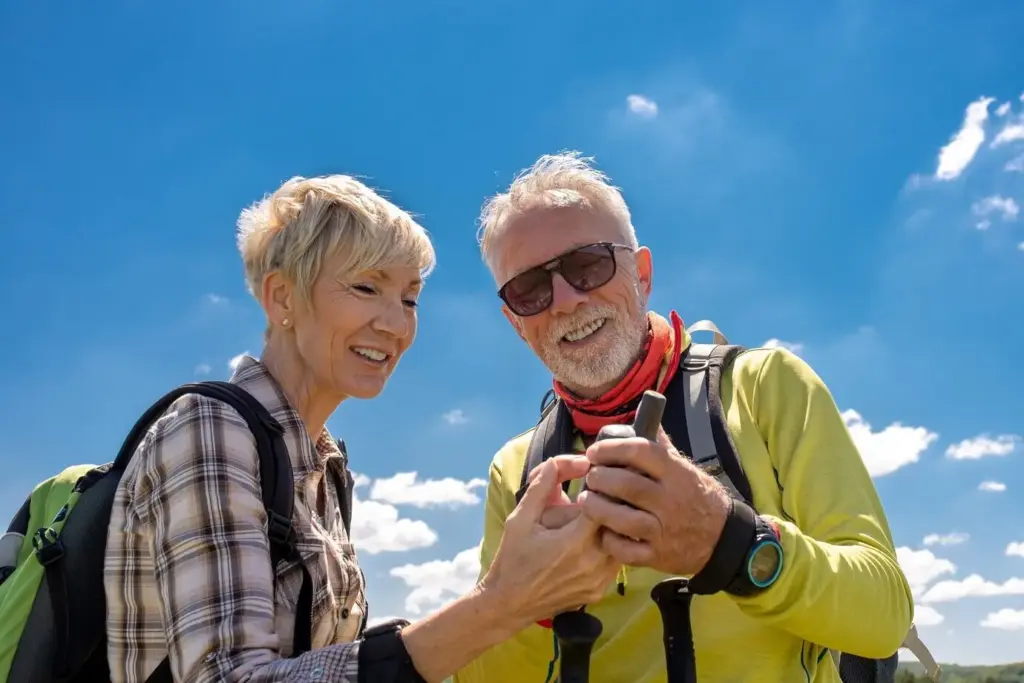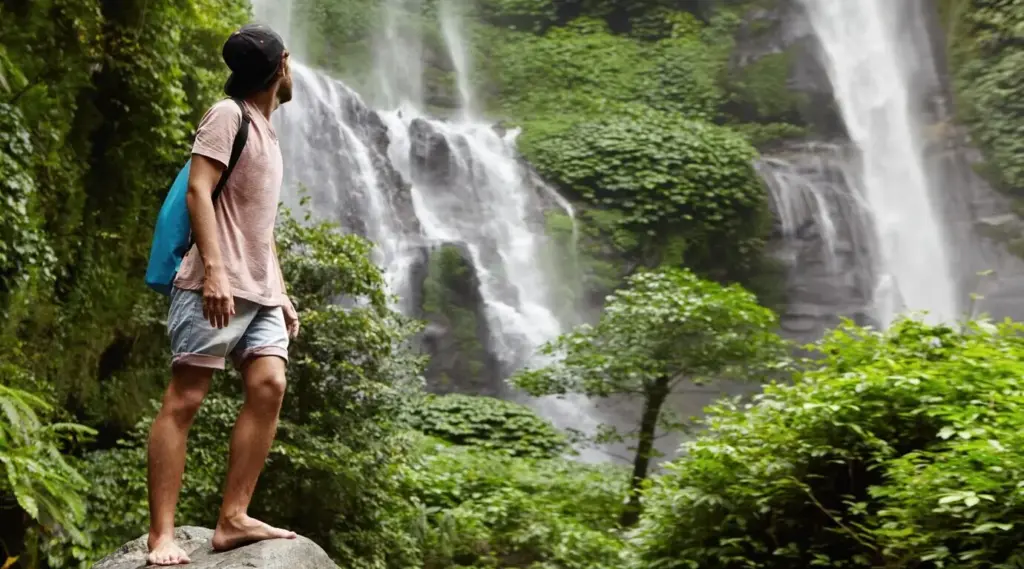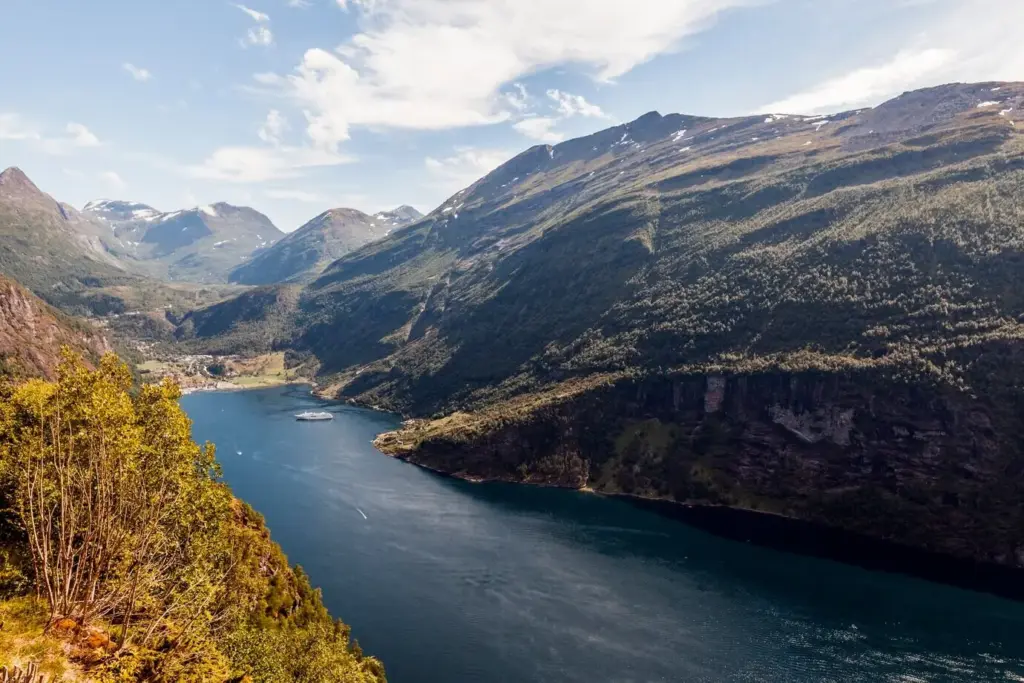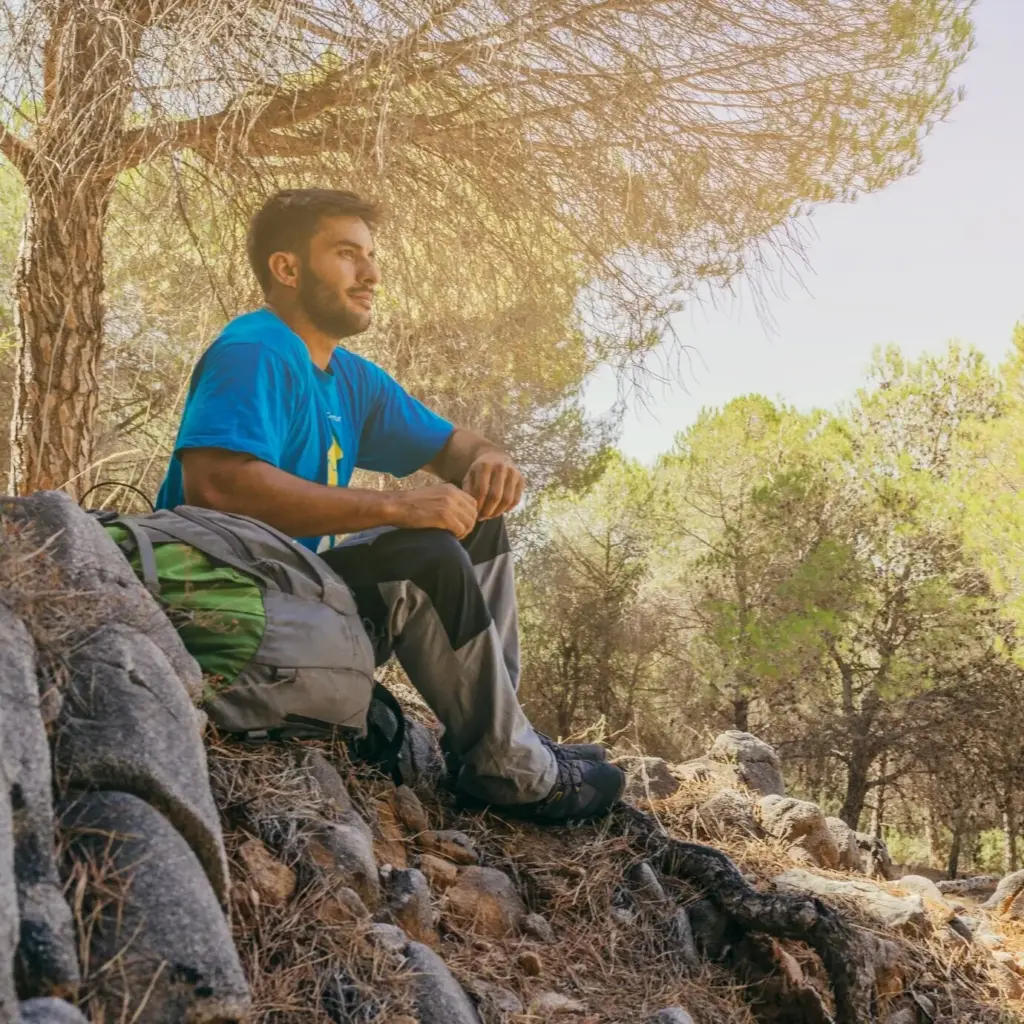Pack Light, Wander Far: Multi-Day Comfort Without the Bulk
Today we dive into choosing and packing lightweight gear for multi-day backpacking, focusing on real comfort, dependable safety, and joyful miles. Expect practical guidance, field-proven tactics, and small stories that reveal how careful selection and smart organization transform effort into ease. Share your own field wins and questions, subscribe for future deep dives, and help shape a trail-savvy community that trims grams without trimming delight from long days outside.
Start with Purpose, Not Just Ounces
Before weighing every gadget, define your trip realities and personal boundaries. Terrain, weather windows, water access, and your fitness shape decisions more than any gear spreadsheet. Lightweight success grows from clarity of purpose, realistic risk management, and knowing when comfort supports endurance. Let priorities guide each selection so a cohesive system emerges, saving energy, protecting morale, and keeping you curious for the next day’s horizon.




The Pack That Disappears on Your Back
A well-matched pack feels like part of your movement, not a stubborn load. Volume, frame support, and fit must match your system, not the other way around. When your gear compresses efficiently and weight transfers to strong hips, cadence steadies and shoulders relax. Choose simplicity over zippers and doodads that add grams without solving real problems. Test loads honestly and adjust until quiet comfort appears.
Rest Well, Move Fast
Quality sleep and solid shelter protect motivation better than any motivational quote. Prioritize a dependable sleep system and weather-appropriate walls so recovery keeps pace with ambition. A lighter kit still needs warmth, dryness, and bug control tailored to your route. Learn how components interact, from pad R-value to site selection. When you wake genuinely rested, pace, judgment, and enjoyment all rise together throughout demanding stretches.

Layering That Works All Week
Master Moisture Management
Start hikes cool to reduce sweat, then regulate with zippers and a wind layer instead of overheating. Choose synthetic or merino base layers that dry quickly and resist odor over several days. Sun hoodies can replace heavier long sleeves and a separate neck gaiter. Rotate socks to protect skin, and sleep in dry layers to reset. The less moisture you carry, the warmer and lighter each step feels.
Insulation You Can Trust When Tired
A lightweight puffy with an honest fill power becomes priceless at camp. Synthetic options shrug off damp more gracefully, while down rewards mindful storage. Pair with a wind shell to stretch warmth without heavy rain layers. Store insulation in a dry bag and reserve it for rest, not hiking. On the third chilly evening, dependable loft renews patience, clarity, and humor better than any ultralight bragging rights.
Footwear and Sock Strategy
Trail runners dry fast and reduce leg fatigue, while boots support heavy loads and off-trail scrambling. Try shoes with your actual pack weight to understand support needs. Pair thin liners with cushioned hiking socks for blister defense, and air feet during breaks. Trim nails, tape hot spots early, and carry a tiny repair kit for laces and insoles. Happy feet keep mileage high and moods brighter.


Fueling Body and Spirit Efficiently
Nutrition and water strategy keep energy steady and decision-making sharp. Favor calorie-dense, varied foods that you still enjoy on day four. Plan realistic cooking methods that fit regulations and preferences. Water treatment must be reliable, fast, and easy to use with cold hands. When your system reduces friction, you snack automatically, hydrate consistently, and notice scenery without the dull ache of underfueling or the dread of complicated mealtimes.
Pack Craft: Where Everything Finds Its Place
Center of Gravity and Access
Place the densest items at mid back height, close to the spine, to reduce shoulder torque and sway. Pack the sleeping bag at the bottom for cushioning, food near the center, and rain gear on top. Snacks, water, and a small first aid kit should be reachable without removing the pack. When urgent weather hits, you will appreciate organization that protects warmth and keeps essential tools instantly available.
Checklists, Weigh Ins, and Iteration
Use a simple spreadsheet or notebook with base weight, worn weight, and consumables. Weigh items with a kitchen scale, then question each until it earns its place. After trips, review what stayed unused and what felt indispensable. Replace heavy redundancies with versatile pieces and celebrate small cuts. Share your list with friends or our community to gather feedback. Continuous refinement makes packing lighter, faster, and more confident.
Shakedown Hikes and Community Feedback
Test your setup on local loops before committing to remote traverses. Practice pitching in wind, filtering from silty streams, and cooking with cold hands. Keep notes on hotspots, drafts, and fiddly straps. Ask mentors and fellow hikers for honest critique, and offer your own lessons in return. Leave a comment with your best lightweight insight or toughest challenge, and subscribe so we can explore solutions together on future journeys.